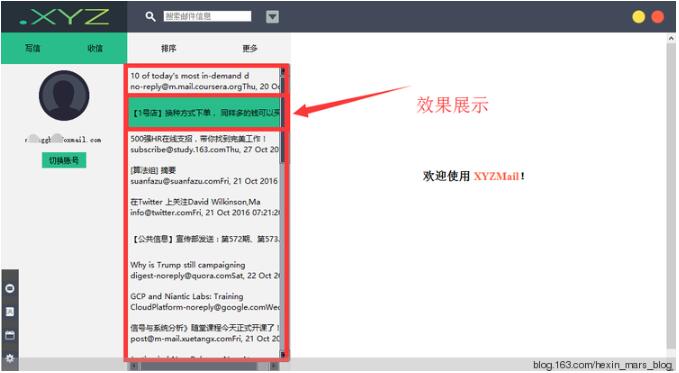Python多线程编程简单介绍
创建线程
格式如下
threading.Thread(group=None, target=None, name=None, args=(), kwargs={})
这个构造器必须用关键字传参调用
- group 线程组
- target 执行方法
- name 线程名字
- args target执行的元组参数
- kwargs target执行的字典参数
Thread对象函数
函数 描述
start() 开始线程的执行
run() 定义线程的功能的函数(一般会被子类重写)
join(timeout=None) 程序挂起,直到线程结束;如果给了 timeout,则最多阻塞 timeout 秒
getName() 返回线程的名字
setName(name) 设置线程的名字
isAlive() 布尔标志,表示这个线程是否还在运行中
isDaemon() 返回线程的 daemon 标志
setDaemon(daemonic) 把线程的 daemon 标志设为 daemonic(一定要在调用 start()函数前调用)
常用示例
格式
import threading
def run(*arg, **karg):
pass
thread = threading.Thread(target = run, name = "default", args = (), kwargs = {})
thread.start()
实例
#!/usr/bin/python
#coding=utf-8
import threading
from time import ctime,sleep
def sing(*arg):
print "sing start: ", arg
sleep(1)
print "sing stop"
def dance(*arg):
print "dance start: ", arg
sleep(1)
print "dance stop"
threads = []
#创建线程对象
t1 = threading.Thread(target = sing, name = 'singThread', args = ('raise me up',))
threads.append(t1)
t2 = threading.Thread(target = dance, name = 'danceThread', args = ('Rup',))
threads.append(t2)
#开始线程
t1.start()
t2.start()
#等待线程结束
for t in threads:
t.join()
print "game over"
输出
sing start: ('raise me up',)
dance start: ('Rup',)
sing stop
dance stop
game over
